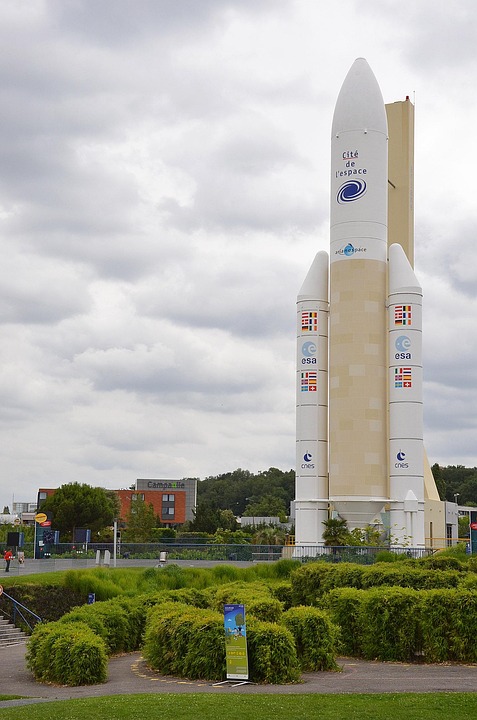Top Metaverse Gaming Companies to Watch in 2024
The metaverse is no longer a futuristic concept—it’s a rapidly evolving digital frontier where gaming, social interaction, and economic activity converge. As virtual worlds become more immersive and interconnected, several companies are leading the charge, blending cutting-edge technology, blockchain innovation, and creative ecosystems to redefine how we engage with games. Here’s a look at the top metaverse gaming companies driving this transformation.
1. Meta (formerly Facebook)
Overview:
Meta, with its $10 billion investment in virtual reality (VR), is a heavyweight in the metaverse gaming space. Its flagship platform, Horizon Worlds, offers a social VR environment where users can create and explore virtual spaces, while its Horizon Workrooms and other tools focus on productivity and collaboration. The company also owns Oculus, a key player in VR hardware, providing the accessible headsets that power many metaverse experiences.
Why It Matters:
Meta’s vision for the metaverse is centered on social immersion and VR integration. Despite controversies around its rebranding and focus shifts, the company remains a critical force in popularizing metaverse gaming through its hardware and software ecosystems. Its influence in shaping user adoption and developer tools makes it a must-watch for the future of digital interaction.
2. Decentraland (MANA)
Overview:
Decentraland is a blockchain-based virtual world built on the Ethereum network. It allows users to buy, sell, and develop virtual real estate (LAND) as NFTs, creating experiences like virtual fashion shows, art galleries, and games. The platform emphasizes decentralized governance through its DAO (Decentralized Autonomous Organization).
Why It Matters:
As one of the pioneers of the play-to-earn and virtual economy model, Decentraland has become a hub for digital creativity and ownership. Its use of NFTs and cryptocurrencies (MANA token) enables true asset ownership, making it a cornerstone of the decentralized metaverse movement.
3. The Sandbox (SAND)
Overview:
The Sandbox, developed by Pixowl, is another blockchain-powered metaverse platform that focuses on user-generated content. It allows creators to build and monetize virtual experiences using its game-making tools, such as the Sandbox Editor and LAAND (virtual land). The platform has partnered with major brands like Adidas, Gucci, and Snoop Dogg to host events and virtual fashion items.
Why It Matters:
The Sandbox combines GameFi (gaming + finance) with blockchain, enabling players to earn tokens by participating in virtual economies. Its emphasis on creativity and brand integration positions it as a bridge between traditional gaming and the decentralized metaverse.
4. Roblox Corporation
Overview:
Roblox is a user-generated content platform where players design and share games using its proprietary development tools. While not blockchain-based, it has pioneered the concept of a persistent online world with a massive community of over 66 million daily active users.
Why It Matters:
Roblox’s success lies in its collaborative, immersive experiences and its role as a testing ground for metaverse-like interactions. Its potential for integration with Web3 technologies (e.g., NFTs, virtual economies) and its recent strategic moves to expand into VR make it a key player in the evolution of metaverse gaming.
5. Epic Games (Fortnite, Unreal Engine)
Overview:
Epic Games, best known for Fortnite, is a leader in creating immersive, cross-platform experiences. The company’s Unreal Engine 5 (with Nanite and Lumen technologies) is revolutionizing high-fidelity virtual environments. Epic also hosts large-scale virtual events, such as concerts and movie premieres, within Fortnite.
Why It Matters:
Epic’s focus on real-time rendering and open-world design sets a new standard for metaverse gaming. Its partnerships with major IPs (e.g., Marvel, Marvel’s Spider-Man) and commitment to cross-platform play make it a critical enabler of the metaverse’s next phase.
6. Unity Technologies
Overview:
Unity is a game development platform used by millions of creators to build 2D and 3D games. While not a metaverse itself, Unity’s tools underpin many virtual worlds, including Fortnite and The Metaverse projects by other developers. The company has also expanded into AR/VR development and 3D creation for the metaverse.
Why It Matters:
Unity’s role in enabling metaverse ecosystems is vital. Its ability to support cross-platform development and its recent focus on AI and real-time collaboration tools position it as a foundational player in the metaverse’s infrastructure.
7. Enjin (ENJ)
Overview:
Enjin is a blockchain gaming platform that allows developers to create and manage NFTs and digital economies. Its Enjin Wallet and Enjin Coin (ENJ) facilitate in-game asset ownership and trading, making it a key player in Web3 gaming.
Why It Matters:
Enjin’s focus on interoperability and accessibility for developers and players ensures that its ecosystem remains a vital component of the metaverse. Its tools empower creators to integrate blockchain into traditional games, bridging the gap between Web2 and Web3.
8. Google and Microsoft (Cloud and AI Integration)
Overview:
While not metaverse platforms themselves, Google (with Stadia) and Microsoft (with MetaHuman and Mesh for Teams) are pivotal in cloud gaming and AI-driven virtual experiences. Microsoft’s Xbox Cloud Gaming and partnerships with Epic Games (via the Unreal Engine) also underpin many metaverse applications.
Why It Matters:
These tech giants are shaping the backend of the metaverse through cloud computing, AI, and real-time rendering. Their advancements ensure smoother, more scalable virtual experiences, which are essential for the metaverse’s growth.
Emerging Players to Watch
- Somnium Space: A decentralized VR platform with a focus on immersive social spaces.
- Spatial: An AR/VR collaboration tool that’s blending real-world and virtual interactions.
- Niantic (Pokémon GO, Lightship): Leveraging AR to create location-based metaverse experiences.
- Yuga Labs (Otherdeed, CryptoSlam): Known for Otherside, a metaverse project built on the WEMIX blockchain, with a focus on community-driven virtual land exploration.
Trends Shaping the Metaverse Gaming Landscape
- Blockchain and NFTs: Decentralized ownership and virtual economies are becoming standard, with platforms like Decentraland and The Sandbox leading the charge.
- AI Integration: AI-driven NPCs, content creation, and personalized experiences are enhancing immersion.
- Interoperability: Cross-platform play and asset sharing across metaverse ecosystems are gaining traction.
- Hardware Advancements: VR headsets (Meta Quest, Apple Vision Pro) are improving accessibility and user experience.
- Sustainability Concerns: As the metaverse grows, companies are addressing environmental impacts of blockchain and energy-intensive hardware.
Conclusion
The metaverse gaming industry is a dynamic mix of centralized giants (Meta, Epic, Unity) and decentralized innovators (Decentraland, The Sandbox, Enjin). As technology evolves, these companies are not only redefining gaming but also the broader digital economy. Whether through blockchain, cloud computing, or immersive experiences, they’re shaping a future where virtual and real worlds intertwine seamlessly. For investors, developers, and gamers alike, keeping an eye on these players will be crucial to navigating the next era of interactive entertainment.
What’s Next?
Look for increased collaboration between platforms, regulatory developments, and advancements in AI and VR. The metaverse is still in its infancy, but its potential to transform gaming—and beyond—shows no signs of slowing down.







